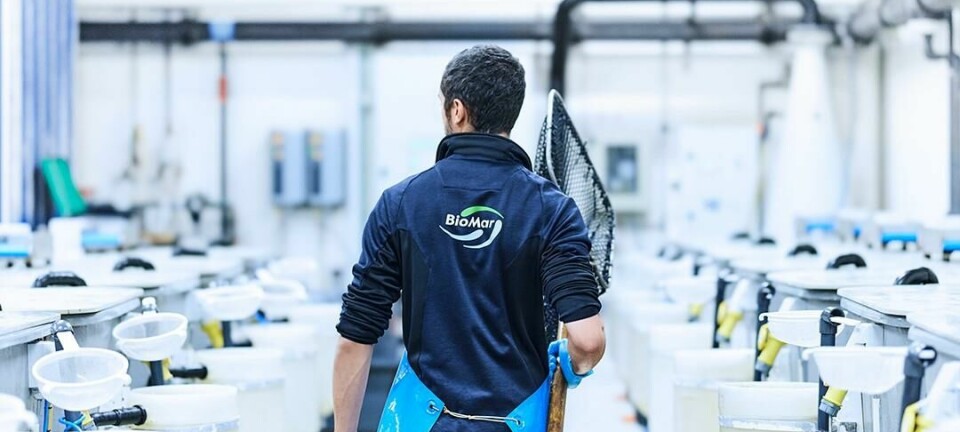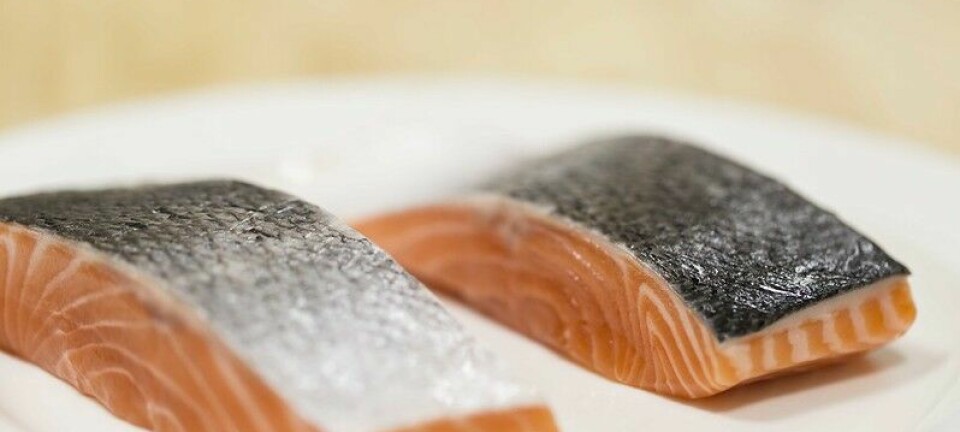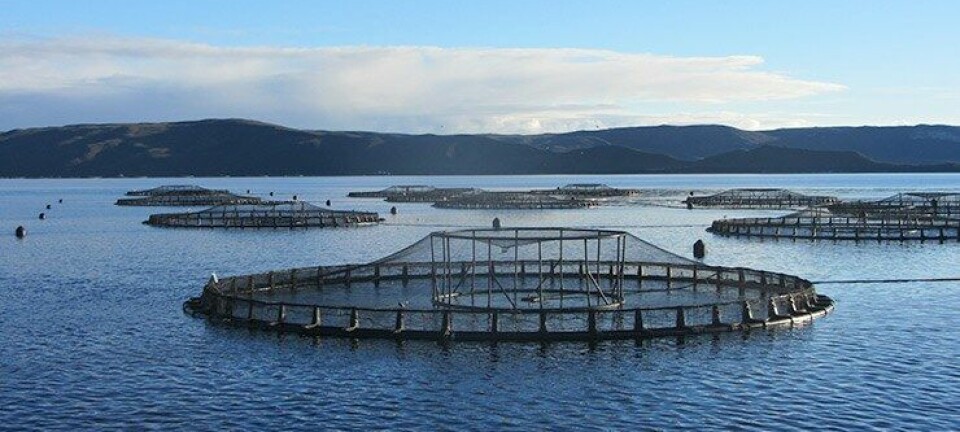
New chloride/nitrite ratio 'better for RAS salmon'
A study in Norway has recommended that a much higher ratio of chloride to nitrite is necessary to prevent the accumulation of nitrite in plasma and growth losses of Atlantic salmon in recirculating aquaculture systems (RAS).
Various factors can alter the efficiency of RAS biofilters, generating an accumulation of nitrite in the recirculated water.
High concentrations of nitrite (NO₂¯) can seriously compromise the health and survival of fish, especially when the concentrations of chloride (Cl¯) in the water are low (<50-100 mg / L).
A high level of NO₂¯ is one of the most frequent non-infectious water quality problems in RAS fish farms in Chile. In addition, salmonids are among the most sensitive fish to NO₂¯.
Productive performance
With this background, researchers from NIVA Chile, Norwegian research institute Nofima and fish farmer Cermaq, decided to investigate how the productive performance (growth and feed conversion), health (focusing on the integrity of the gills) and physiological markers (blood and molecular) of Atlantic salmon are affected by chronic exposure to different concentrations of NO₂¯ when a relatively high level of chloride (Cl¯) is maintained in the water.
The study was conducted with 810 Atlantic salmon parr divided into 15 ponds, where they were exposed to five different nominal concentrations of NO₂¯ (0, 0.5, 2.5 and 10 NO₂¯ -N, mg / L) and with a constant nominal concentration of Cl¯ (200 mg / L), for 12 weeks.
Growth rate reduced
The study’s results showed that the specific growth rate (SGR) was significantly reduced compared to the control, during the first three weeks, in fish exposed to the highest concentration of nitrite (10 mg NO₂¯ -N / L) and a Cl¯: NO₂¯ -N ratio of 21:1. “The results suggest the activation of compensation and adaptation mechanisms in the last stages of the experiment,” wrote the study’s authors.
As explained by the main author, Xavier Gutiérrez, who is general manager of NIVA Chile, “in the study no significant effects of NO₂¯ were found on the gill tissue, associated mortality, food intake and conversion (FCR) and physiological markers (Cl¯, glucose and pH). However, it was found that nitrite entered the plasma of fish exposed to the two highest nominal concentrations of nitrite, 5 and 10 mg / L, and Cl¯ : NO₂¯ -N ratios of 43:1 and 21:1, respectively”.
Industry standard ‘not enough’
The authors concluded that “the ratio of Cl¯ : NO₂¯ -N previously recommended for fish culture in RAS of 20:1 (Timmons & Ebeling; 2007), which today uses the industry as a standard, is not enough to protect Atlantic salmon during the early stages of nitrite exposure. Consequently, it is recommended to maintain a ratio of Cl¯ : NO₂¯ -N above 104:1 to avoid the accumulation of nitrite in the plasma of the Atlantic salmon in parr stage and growth losses”.
Read the abstract of the study entitled “Effects of chronic sub-lethal nitrite exposure at high water chloride concentration on Atlantic salmon (Salmo salar, Linnaeus 1758)” here.























































